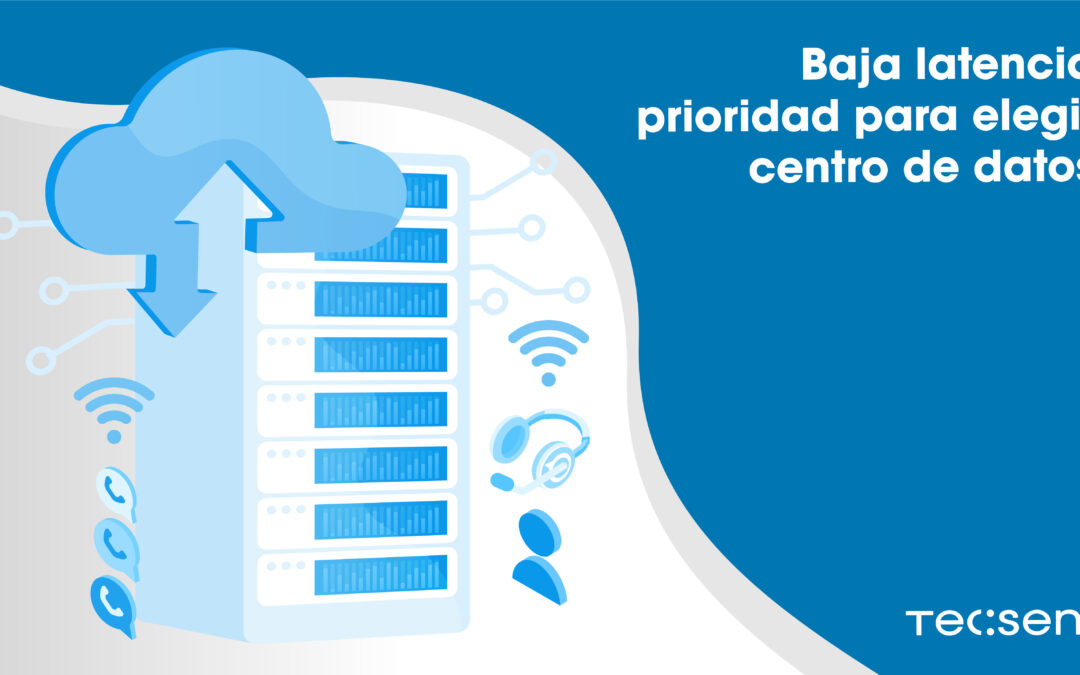With the transformation of organizations and the expansion of the cloud in them, we focus on service-based models, where the management of the infrastructure that stores and connects data is also understood as a service and not an asset. If we focus on voice solutions, having a provider that in turn is the operator, that has the appropriate infrastructure and guarantees, thanks to this, stability and security in communications, is the challenge of any corporation. Focused on this vision requires flexible, efficient and highly available service-oriented data centers. We explain why low latency is the priority when choosing a data center.
What is the priority when choosing a data center?
Taking into account the above there are crucial factors for voice solutions that are directly related to infrastructure such as latency and jitter.
In the world of communications, low latency and jitter is essential for quality calls. When we talk about voice solutions we refer to virtual switchboard solutions, SIP Trunk or call / contact center software.
These two factors are a priority when choosing the data center where to host our infrastructure and resources, but in particular latency is the main one.
What is latency and how does it affect when choosing a data center?
Latency measures in milliseconds the time that elapses between the user initiating the communication and the time it takes to receive the response. Jitter, also measured in milliseconds, is the difference in packet delay, that is, the fluctuation of latency.
Therefore, the location of the data center where the voice infrastructure that supports the communication solution is hosted is vital. It is not the same that the signal has to travel thousands of kilometers at a much shorter distance where latency is reduced to just a few milliseconds which provides quality communications.
Networking technology recommends that data centers should be located close to the solution or group of users to which the service is presented to achieve low latency and jittter and ensure proper application operation. Based on the theory of physics, the information traveling along fiber optic cables cannot travel faster than the speed of light. The distance between a data center and the end user has a very noticeable effect on latency. Therefore, companies try to overcome the challenges of deploying their services as close as possible to their users.
This trend transferred to the contact and call center sector, for example, or companies that offer customer service where milliseconds are crucial for communication between agent and user to be of quality, reduce latency and bring computing and data storage closer to the end user becomes the main challenge. This is where Edge Compunting is born.




